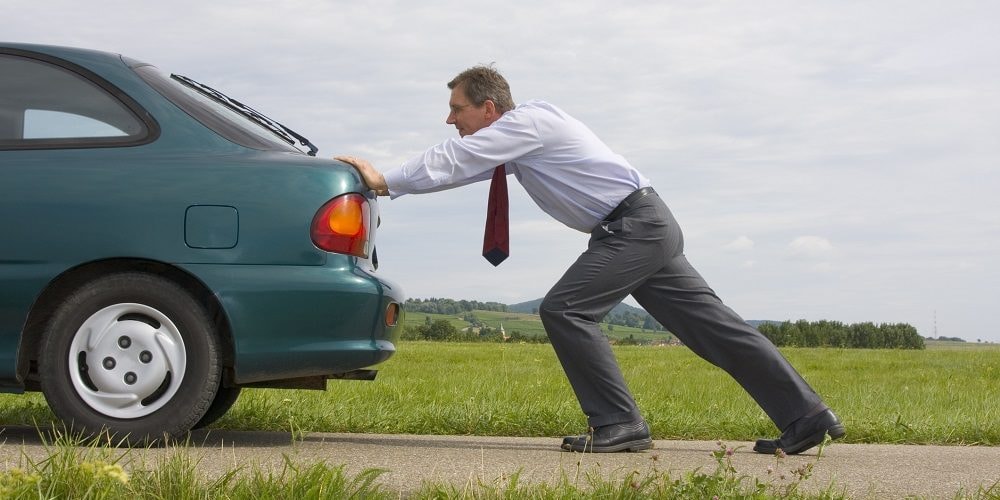A forced stop is a cessation of movement due to a hazard or a malfunction of the vehicle. The stop may be forced when there is an obstacle on the road, as well as due to the unsatisfactory condition of the driver or passengers. During this situation, the driver must act according to special rules.
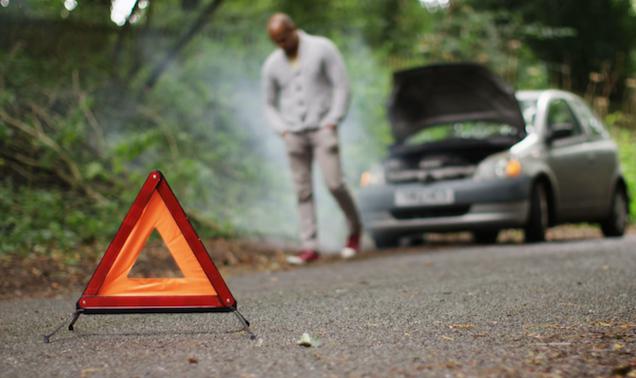
Paragraph 1.2 of the SDA
In paragraph 1.2 of the SDA, a forced stop is described as a stoppage of traffic due to technical malfunctions, dangers, the condition of passengers or the driver, if there is an obstacle on the road.
The machine is forced to stop if:
- A technical malfunction occurs. Not a single car is insured against breakdowns while driving. In such cases, the driver can move out of the carriageway, freeing it, or stand directly on the road.
- Forced stopping may occur during shipping. For example, while driving on a road in a car whose load is poorly secured on the trunk, the driver may be forced to stop to correct it.
- Stop due to unwell passenger. Any situation can happen along the way. To assist the passenger, the driver must stop.
- Forced stop due to danger, the occurrence of an obstacle on the road. This may be a fallen tree, because of which it was necessary to stop the car, etc.
If the driver decides to drive as close as possible to the clinic or to another place to drop off passengers, then this will be a regular stop.
A striking example of such cases is a stop at the request of the boss, when he asks the driver to stop the car at the pedestrian crossing. For the driver, a similar situation is forced, but according to the SDA, such an action is considered a normal stop. And since stopping at a pedestrian crossing is prohibited, then such a violation will be punished.
The concept of a forced stop does not include braking in front of a pedestrian crossing in order to give way.
Do not confuse such a stop with the requirements of inspectors, traffic controllers, and if necessary give way to other road users. These cases refer to other terms.
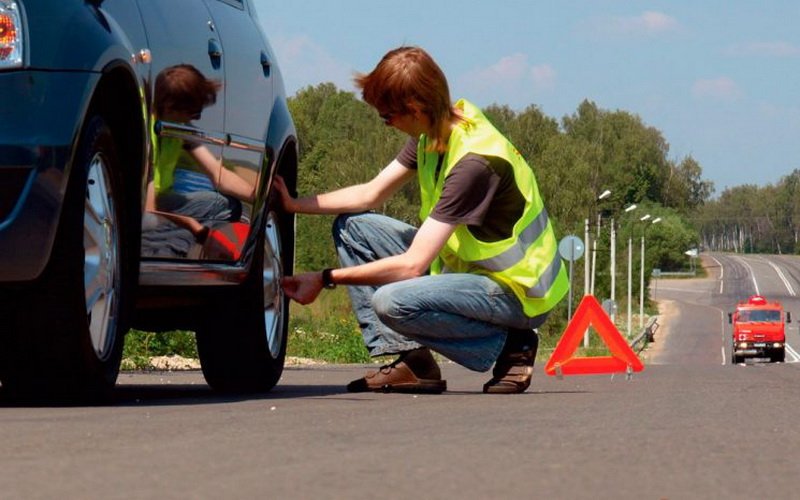
What to do
Paragraphs 7 and 12 say what the driver needs to do when stopping.
- sub-clause 7.1 says that an alarm should be activated on the car, and it should be turned on regardless of the place of stopping;
- Subclause 7.2 - a warning triangle must be displayed;
- Subparagraph 12.6 - when stopping in prohibited places, the driver must do everything possible to remove the car from this place to where the stop is allowed.
If there are no prohibition signs, then the driver does not have to take additional measures, but you just need to fix the reason that caused the cessation of movement.
When placing an emergency stop sign, the distance must be observed: in the village, the sign must be at a distance of 15 meters from the broken car, outside the city - at least 30 meters.
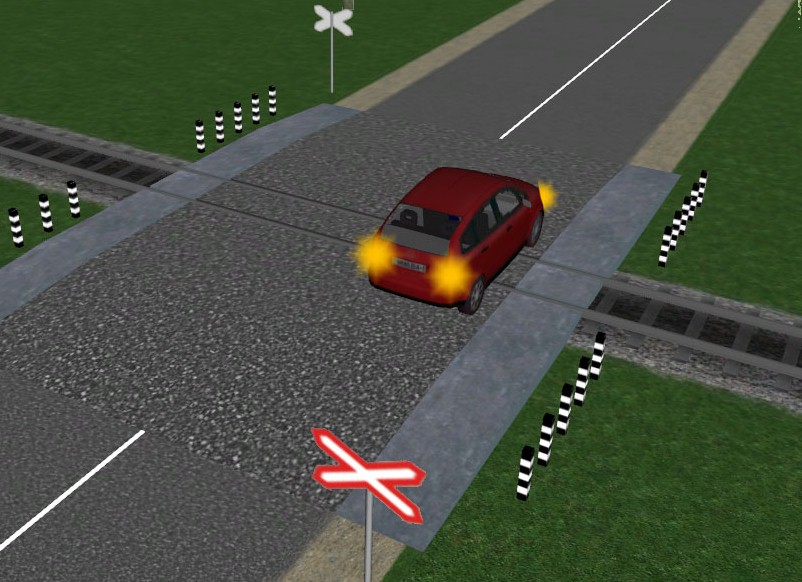
Stop at the railway crossing
Clause 15.5 of the SDA describes the situations and actions of drivers during a forced stop of a vehicle at a railway crossing. In such a situation, the driver must immediately disembark passengers and take all necessary measures to free the railway tracks.
If possible, two people should be sent in different directions along the tracks from the place where the car stopped at a distance of at least 1000 meters to see an approaching train. Be sure to explain how to signal the driver to stop.
If there is no way to ask someone for help, then the driver should get out of the car and, having seen the train, give him a signal about the need to stop. The driver is given a circular signal by hand. In daylight, for a better signal perception, you can use a bright flap, and at night - a flashlight, a torch.
When you stop at the railway crossing, you need to try to remove the car. The driver may ask for help pushing the car of other participants in the movement.
Stopping on the railway tracks is very dangerous. To avoid trouble, you should cross the crossing at such a speed that even with an emergency stop, the car can roll off the railway.
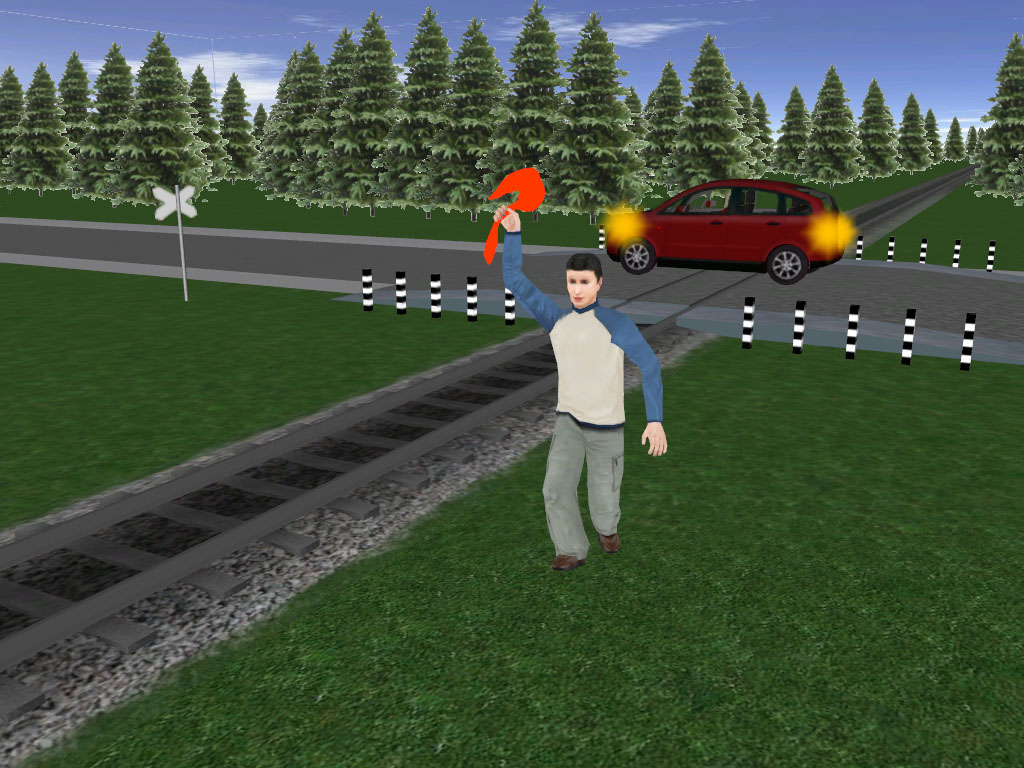
Motorway stop
It is forbidden to stop on the motorway, therefore, if the driver had to stop, he should move the car outside the carriageway as soon as possible, i.e., on the side of the road. On the road, you can only make an emergency stop, and in other cases, stopping on the motorway can only be in places specially designated for recreation, having the corresponding signs.
Violations
If a forced stop sign is placed in front of the car, an alarm is turned on, if necessary, the car was removed from the carriageway, the driver has the right to repair, eliminate the cause of the stop, and he does not face any fines.
Despite this, sometimes inspectors impose penalties. Such situations occur due to the fact that the inspector is not always able to understand that the stop was forced.
In case of a forced stop under a sign forbidding cars to stop where cameras are nearby, a fine may come. The cameras cannot distinguish between a forced stop and a regular stop, so drivers receive receipts. In such situations, you should take measures to collect evidence that you stopped involuntarily, and not at will. Usually they save the recording from the DVR or take a few pictures, where it can be seen that the alarm is on, the alarm sign is on.
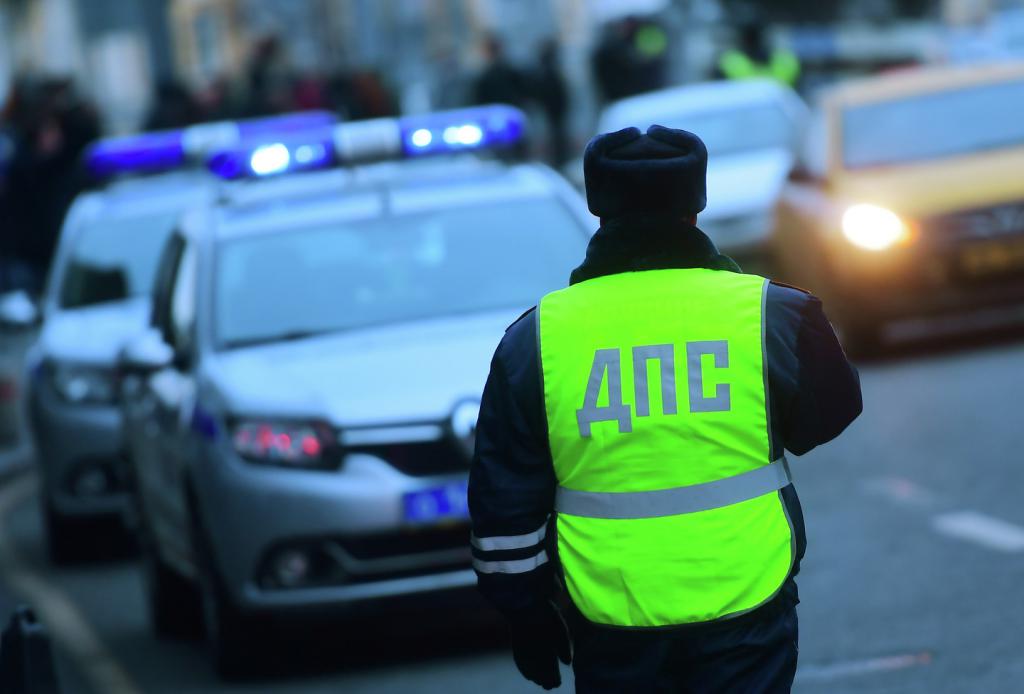
Fine
Most often, inspectors, seeing a stopped car without special alerts, mistake it for being improperly parked. In such situations, a fine is imposed for parking in the wrong place and a fine is imposed. But the inspectors are unlikely to fine the driver for the warning triangle that is not set and for the alarm not turned on. In practice, such violations are isolated cases. Usually, for a forced stop with a violation of requirements, a fine is imposed as for violation of the stopping rules or for parking in the wrong place.
